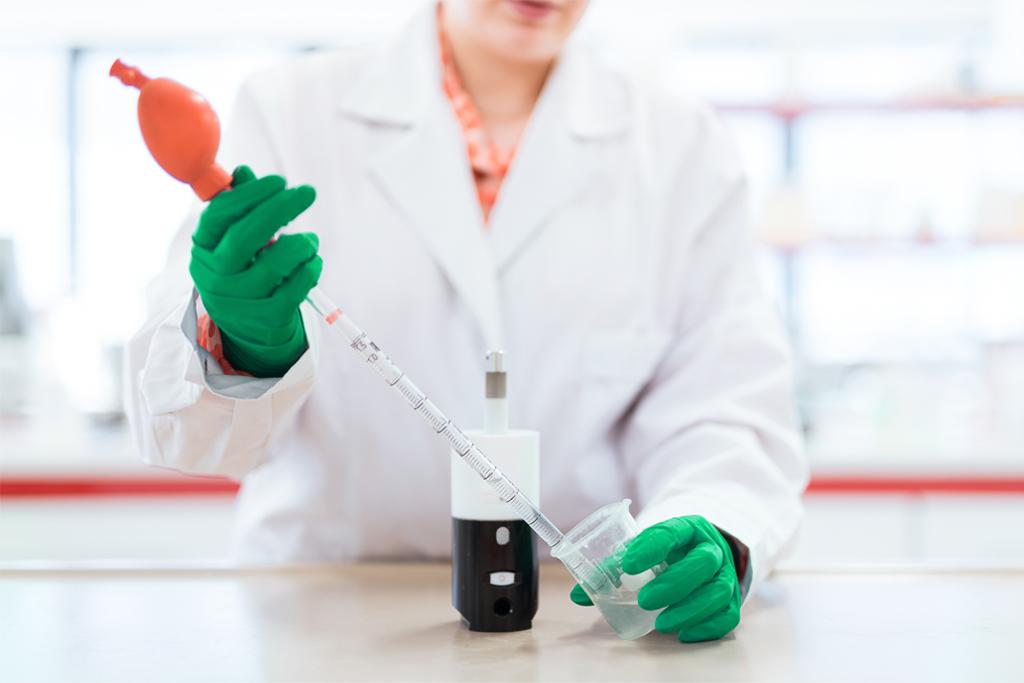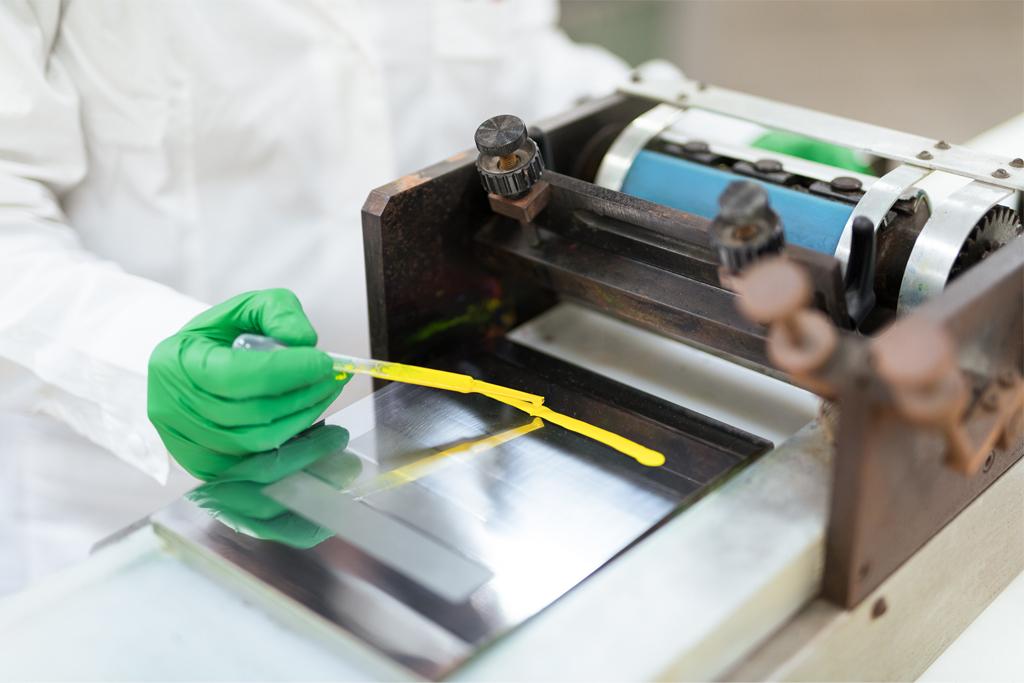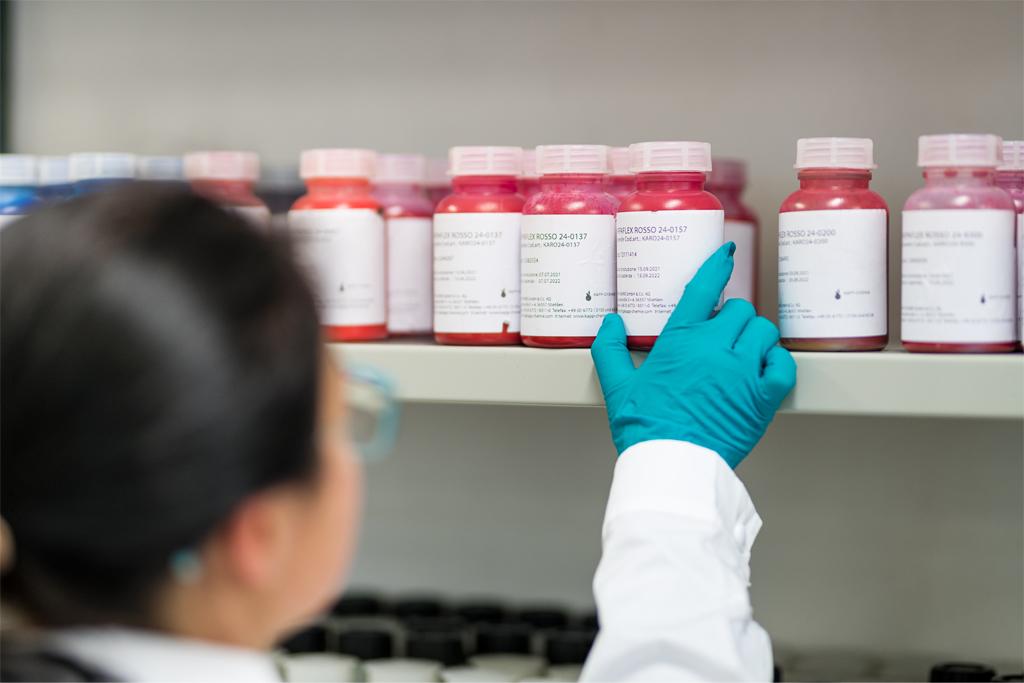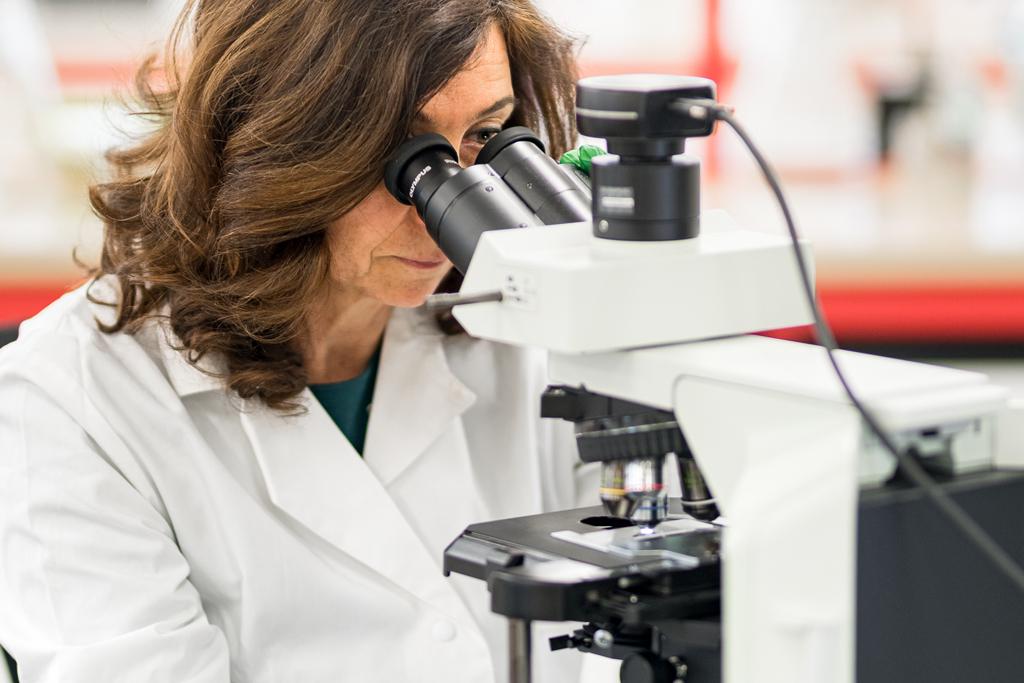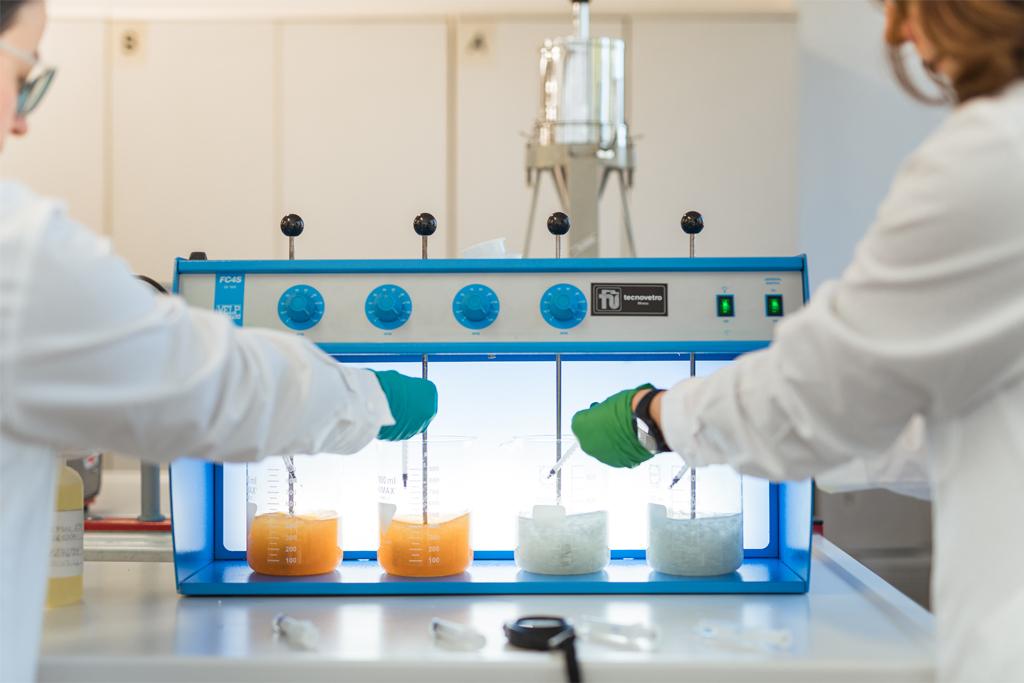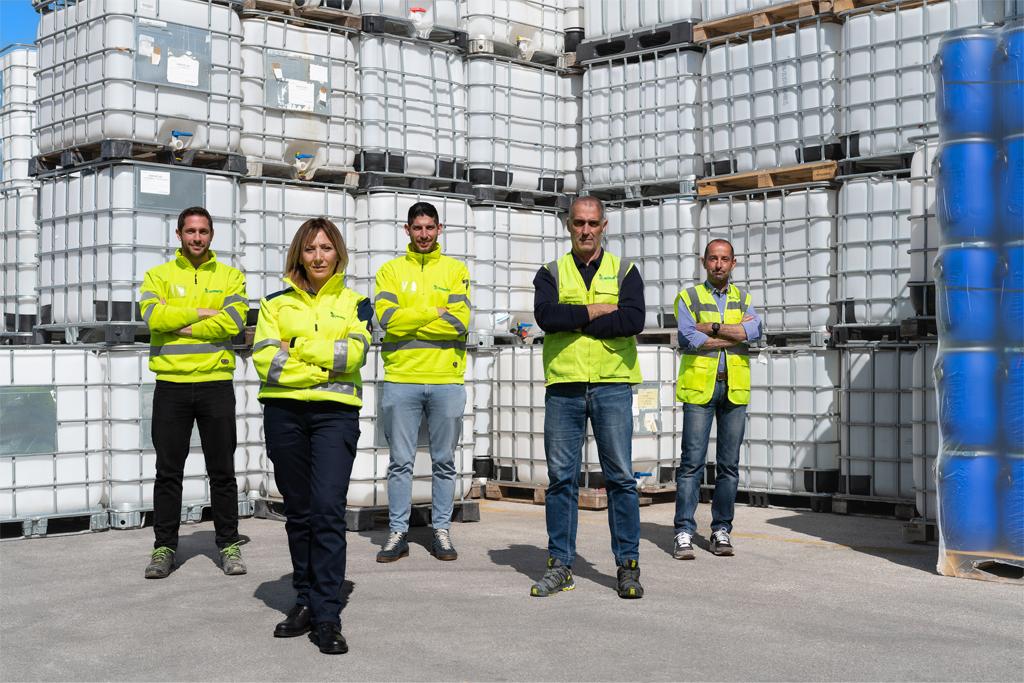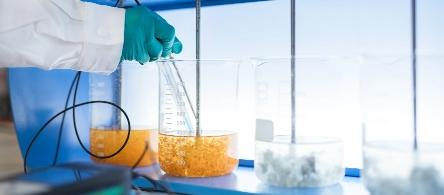
Equipment for testing of process water
We use specific equipment to carry out the main tests on the process water used in the paper making industry.
- Mutek-PCD: to determine the colloid content in water
- SZP-10 System Zeta Potential: to define the fiber charge through analysis of the pulp
- DFR: o establish retention speed curves through product screening for continuous machine retention
- Jar test: to determine coagulants/flocculants in water clarification
- DR 3900 Spectrophotometer: to specify the levels of COD, starch, nitrogen, phosphates, chlorides, sulphides and other substances in clarified and freshwater
- Turbidimeter: to establish the residual turbidity of clarified water
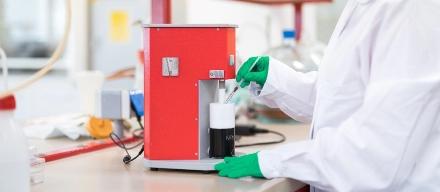
Bacterial contamination, deposits and activated sludgeas
The laboratory also includes a specific area dedicated to tests designed to establish the bacterial contamination of water, deposits derived from production, and the presence of active sludge in biological purification plants.
Our laboratory also includes two-phase contrast optical microscopes, which can be used to characterize sludge and its biological species to assess any malfunction of the system. We then correlate microscopic observations to chemical-physical tests, such as COD measurement, nutrients and sludge sedimentation (Himoff cone). The microscopes are equipped with cameras, therefore we can provide a visual report of the state of the sludge, including the bacterial species present. As for the analysis of the deposits that develop in the paper factory, we combine microscopic and chemical-physical observations (dry, ash, solubility tests in various reagents). This allows us to establish the nature of the deposit (biological or non-biological) and calculate the total bacterial count (use of Easicult culture media incubated at 30/37° C for 48-72 h).

Equipment for testing of process water
We use specific equipment to carry out the main tests on the process water used in the paper making industry.
- Mutek-PCD: to determine the colloid content in water
- SZP-10 System Zeta Potential: to define the fiber charge through analysis of the pulp
- DFR: o establish retention speed curves through product screening for continuous machine retention
- Jar test: to determine coagulants/flocculants in water clarification
- DR 3900 Spectrophotometer: to specify the levels of COD, starch, nitrogen, phosphates, chlorides, sulphides and other substances in clarified and freshwater
- Turbidimeter: to establish the residual turbidity of clarified water

Bacterial contamination, deposits and activated sludge
The laboratory also includes a specific area dedicated to tests designed to establish the bacterial contamination of water, deposits derived from production, and the presence of active sludge in biological purification plants.
Our laboratory also includes two-phase contrast optical microscopes, which can be used to characterize sludge and its biological species to assess any malfunction of the system. We then correlate microscopic observations to chemical-physical tests, such as COD measurement, nutrients and sludge sedimentation (Himoff cone). The microscopes are equipped with cameras, therefore we can provide a visual report of the state of the sludge, including the bacterial species present. As for the analysis of the deposits that develop in the paper factory, we combine microscopic and chemical-physical observations (dry, ash, solubility tests in various reagents). This allows us to establish the nature of the deposit (biological or non-biological) and calculate the total bacterial count (use of Easicult culture media incubated at 30/37° C for 48-72 h).
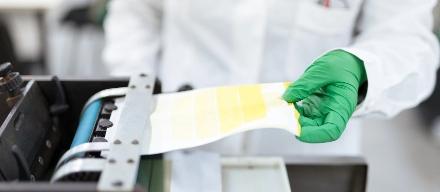
Equipment for testing paper
Our equipment for paper testing allows us to assess numerous data: from the parameters of the sludge to the degree of whiteness, as well as refining and presence of pollutants.
- Laboratory Size Press: by applying different starch balances on A4 sheets, we give new characteristics to paper, such as resistance to water, oils and many more that may be requested by our clients
- Brookfield: to determine the dynamic viscosity (cP) of viscous solutions, such as coagulants, starch solids, glues and inks
- WOOD Lamp: used to highlight optical brighteners on paper or in water.
Elrepho 2000: used to determine the whiteness degree of paper
Pulper for cellulose and waste paper: used to create concentrated pulp mixtures characterized according to the parameters required in the paper industry (pH, conductivity, PCD, SZP, ash content, whiteness degree, presence of groundwood pulp, presence of optical brighteners, bacterial contamination, etc.) - Sheet Former Column and Drying Plates: used to form sheets of various grammages from paper mill pulp, in order to evaluate the hue and intensity of dyes, and the presence of contaminants that affect the homogeneity of the sheet (e.g., disintegration issues, presence of plastics, dirt spots or stickiness, Cobb value, burst index).
- Flotation cell: to assess the possibility of removing ink present in the maceration mixture, after having added appropriate chemical reagents at alkaline pH during the crushing phase to remove the ink from the paper fibers
- Hollander beater: to define the refining curve of a mixture of virgin cellulose or different mixtures of cellulose
- Schopper Riegler: to measure the shopper grades of the pulp (refining) Microscopic analyses can provide a qualitative assessment of the degree of refining. By observing the number and position of the microfibrils, it is possible to measure the length of the fibers and determine whether the fiber is well-refined. We can send complete and personalized reports on the photos taken under the microscope.
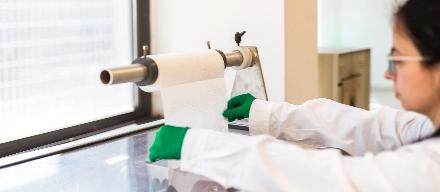
Equipment for tissue testing
We also have specific equipment to carry out tests relating to the transformation of tissue paper into finished products, such as toilet paper, towels, napkins and handkerchiefs. Being ink, glue and lotion retailers, we are also equipped with several tools to carry out preliminary tests and identify the best chemical products for the case.
- Labra laboratory test: a printing test to assess the intensity and hue of ink and compared them with the given specifications
- Transfer test: to determine the solidity of color printed on Labra test or on industrial paper – according to BS EN 646-2015
- Ford cup: to establish the viscosity of inks and ready-to-use glues
- Pilot machine for converting: for the application of various kinds of lotions on paper, to evaluate the effectiveness of the increase in paper softness, both in terms of bulk increase and surface smoothness
- Softness test: according to ISO 5495 method.
If our tests are not sufficient to solve a problem or issue related to the chemicals we market, we also have access to the tests and laboratories of our German partners Solenis (paper mill products) and Kapp-Chemie (converting products).
Service:
Our Service Specialists
Get advice from our specialists! We can help you solve problems in the paper production and processing phases, but also direct you towards the best solutions, regardless of the type of product.
